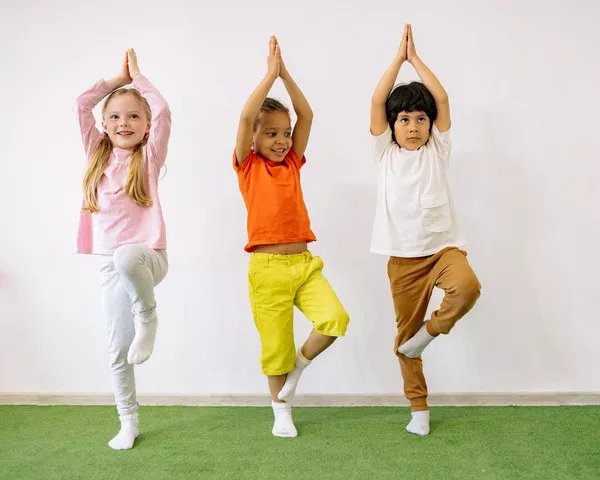As the vibrant colors of autumn leaves emerge and the air turns crisp, the anticipation of cuffing season begins to rise. For those in search of a date this holiday season, the Marriage Pact offers a unique solution that aligns perfectly with the spirit of the season. Released during the Fall Quarter, this annual questionnaire matches students based on relationship psychology, presenting a lighthearted yet insightful approach to connection.
The Concept Behind Marriage Pact
Marriage Pact, which originated at Stanford University in 2017, has expanded its reach to 88 campuses across the United States, including Northwestern University (NU) since 2020. The questionnaire aims to create what many students see as an “optimal backup plan” rather than an immediate romantic relationship. The questions range from lighthearted topics, such as pet peeves, to more serious non-negotiables, with prompts including statements like “I find politically incorrect humor funny” and “My partner can be ‘just friends’ with an ex.”
The popularity of the Marriage Pact is evident; last year, 3,618 students at NU submitted their questionnaires, representing nearly half of the undergraduate student body.
The Matching Process
After the completion of the questionnaire, students receive an email revealing the initials of their match. The excitement builds as they engage in sleuthing on social media platforms like Instagram and the student directory, trying to deduce the identity of their match before full names are officially announced. It’s a blend of anticipation and curiosity, setting the stage for possible connections—romantic or platonic.
Success Stories
For some, like McCormick senior Ryan Kessler, the Marriage Pact has proven successful. Until his junior year, Kessler had not found a meaningful match. However, when he received his 99.9% compatibility match, he was intrigued. Shortly after, he was introduced to his match at a Halloween party through his roommate. The chemistry was undeniable, as they ended the night deep in conversation.
“I didn’t say this out loud to him, but I was thinking to myself, ‘Wow, is the Marriage Pact actually working?’ Is this going to be a success story?” Kessler recalled. By January, the couple made their relationship official, and they have been happily together ever since.
The Mixed Outcomes
However, not all experiences are as fortunate as Kessler’s. Many students find themselves disappointed or without a romantic match. Last year, a significant number of straight women participated in the questionnaire, leading to over 400 women receiving an “optimal friend match” instead of a romantic connection.
Weinberg sophomore Lena An expressed her disappointment after receiving a “friend” pact. “I saw a girl’s name, and I put my preferences for male,” she noted. “It’s not like I was looking for a genuine romantic connection through this, but I wanted to see if there was a man that they would say was the most compatible with me.”
Embracing New Connections
Despite the mixed results, the Marriage Pact serves as a valuable platform for fostering new relationships, whether romantic or platonic. Weinberg freshman Hannah Nwobodo is eager to participate in the questionnaire, with hopes of finding a partner who is tall—“hopefully over 6 feet”—and possesses a “great personality.” However, she acknowledges that even a friendship would be a positive outcome.
“Friendship would probably last a whole lot longer than romantic ones at this stage in my life,” Nwobodo commented, reflecting a common sentiment among students who recognize the value of connections beyond romance.
Conclusion
As students prepare to navigate the social landscape of cuffing season, Marriage Pact provides a playful yet meaningful avenue for connection. Whether through romantic matches or the formation of friendships, the experience encourages open communication about relationships and personal preferences, fostering a community where students can explore their desires and aspirations in the realm of love and friendship.
Related topics:





























